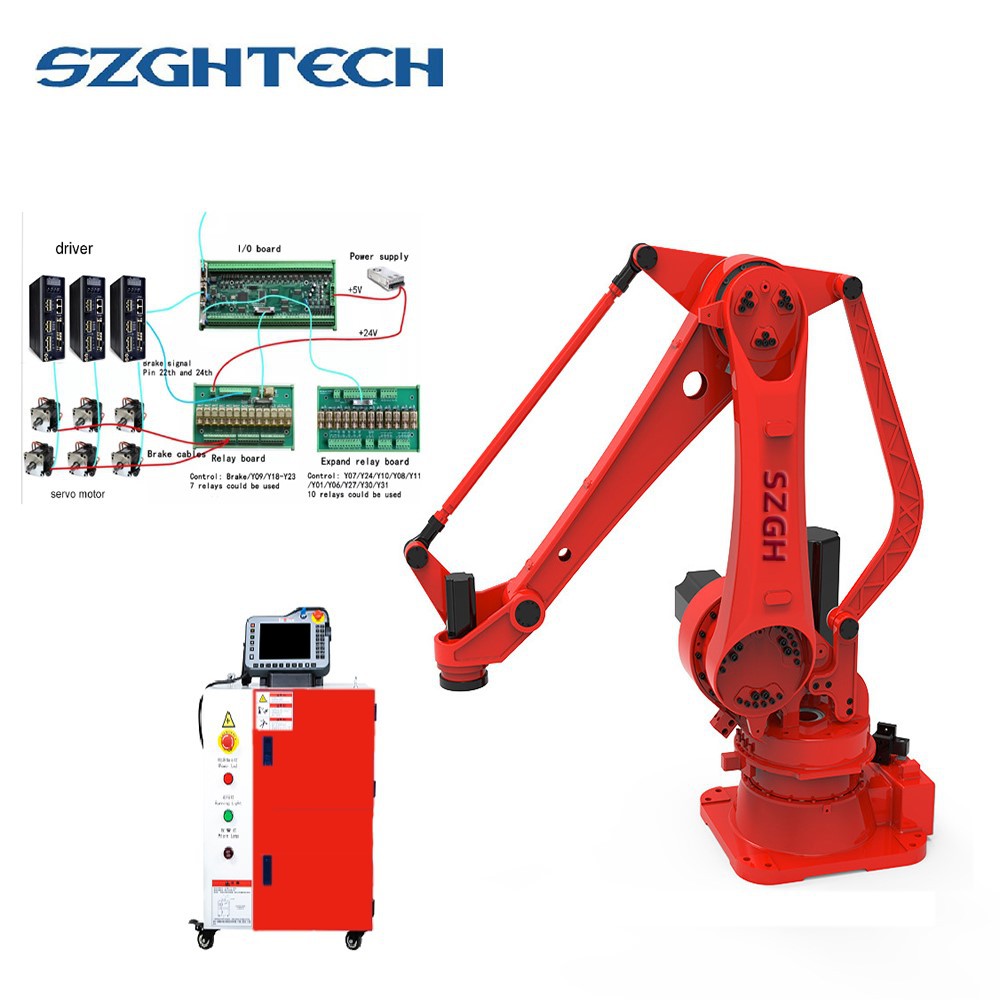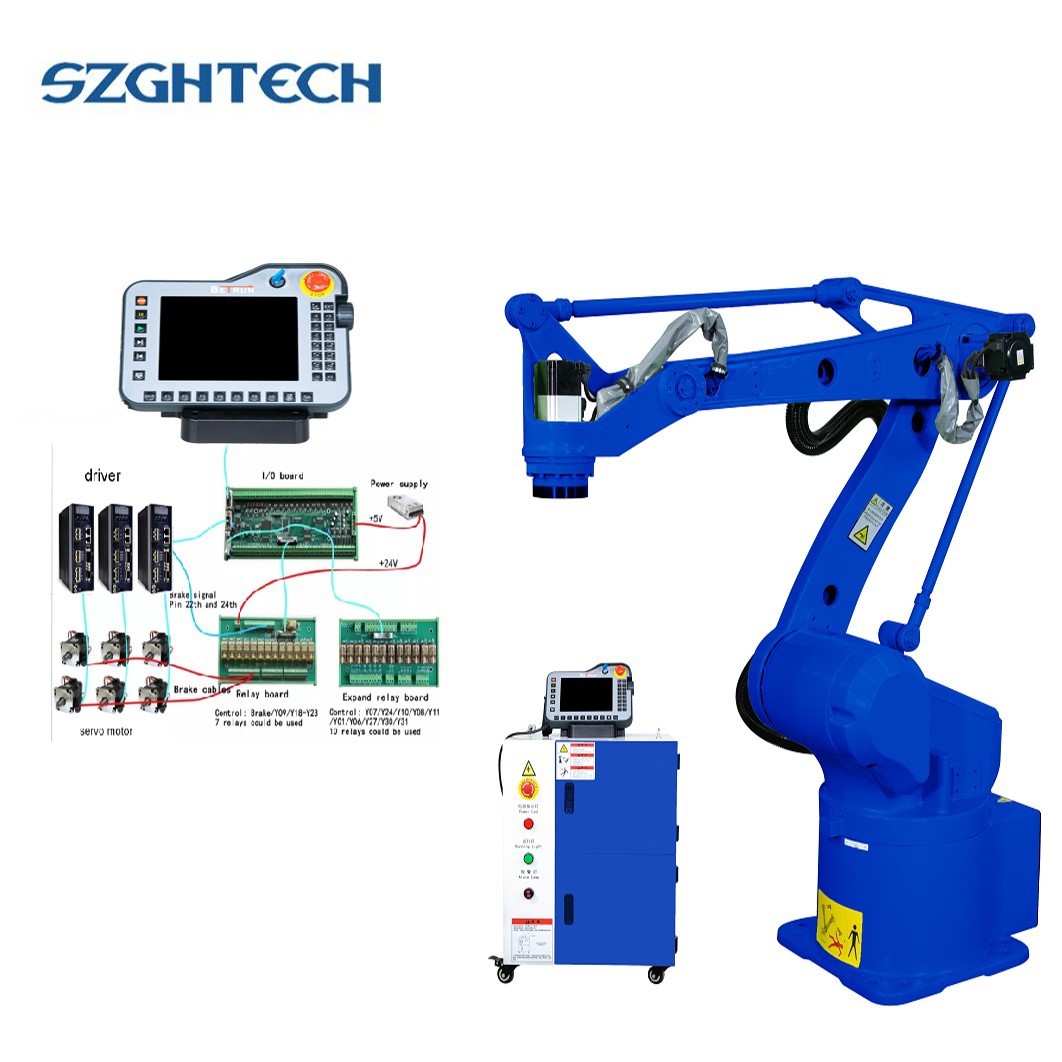Material-handling robots are used in various industries and applications for the purpose of moving, manipulating, and transporting materials or objects. Some common uses of material-handling robots include:
1. Assembly Line Operations: Material handling robots are widely used in manufacturing industries, particularly in assembly line operations. They can efficiently handle and transfer components, parts, and finished products between different stages of production, increasing productivity and reducing manual labor.
2. Palletizing and Packaging: Material handling robots are often employed for palletizing and packaging tasks. They can stack boxes or products onto pallets in a precise and organized manner, ensuring consistent packaging quality and reducing the risk of errors or damage. These robots can handle different shapes, sizes, and weights of items, making them suitable for a variety of industries such as food and beverage, logistics, and e-commerce.
3. Loading and Unloading: Material handling robots can be utilized for loading and unloading tasks in warehouses, distribution centers, and shipping facilities. They can efficiently move items to and from shelves, racks, or conveyors, enhancing the speed and accuracy of 5. logistics operations. These robots can handle a wide range of products, from small packages to heavy objects.
4. Material Transfer and Sorting: Material handling robots are employed for transferring materials or objects from one location to another within a facility. They can navigate autonomously or follow programmed routes, transporting items between workstations, storage areas, or conveyor systems. In addition, they can sort and segregate objects based on predefined criteria, enabling efficient material flow and inventory management.
5. High-Precision Applications: Material-handling robots with advanced vision systems and sensors are used for high-precision applications. They can perform tasks such as picking and placing delicate components, conducting quality inspections, and handling materials in cleanroom environments. These robots are often used in industries like electronics, pharmaceuticals, and automotive manufacturing.
By automating material handling processes, robots can improve efficiency, accuracy, and safety while reducing costs and repetitive strain on human workers. They can operate continuously, handle heavy loads, and perform repetitive tasks with consistency and precision.
 |
 |

